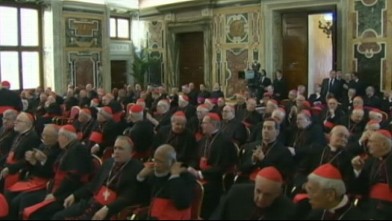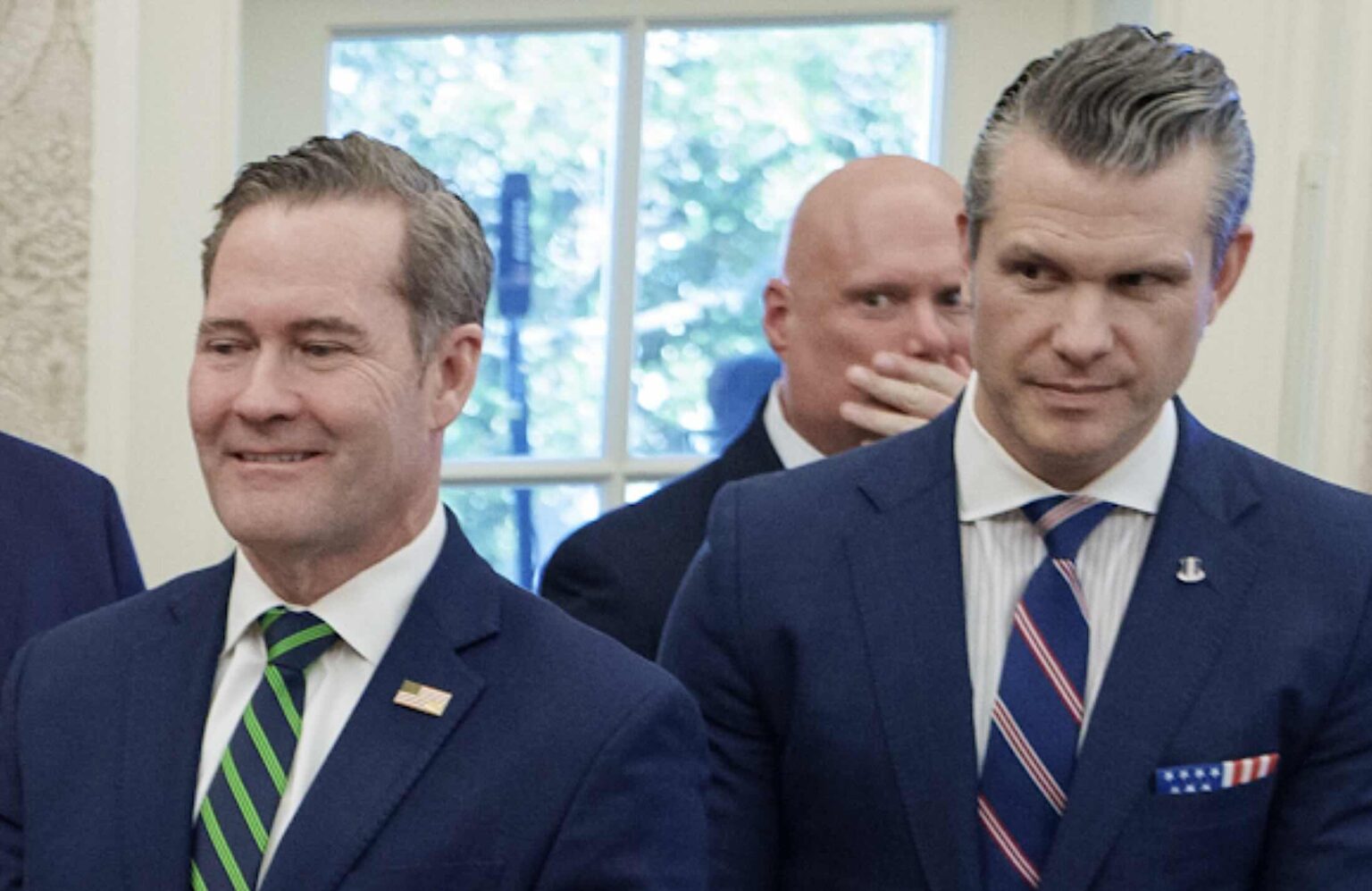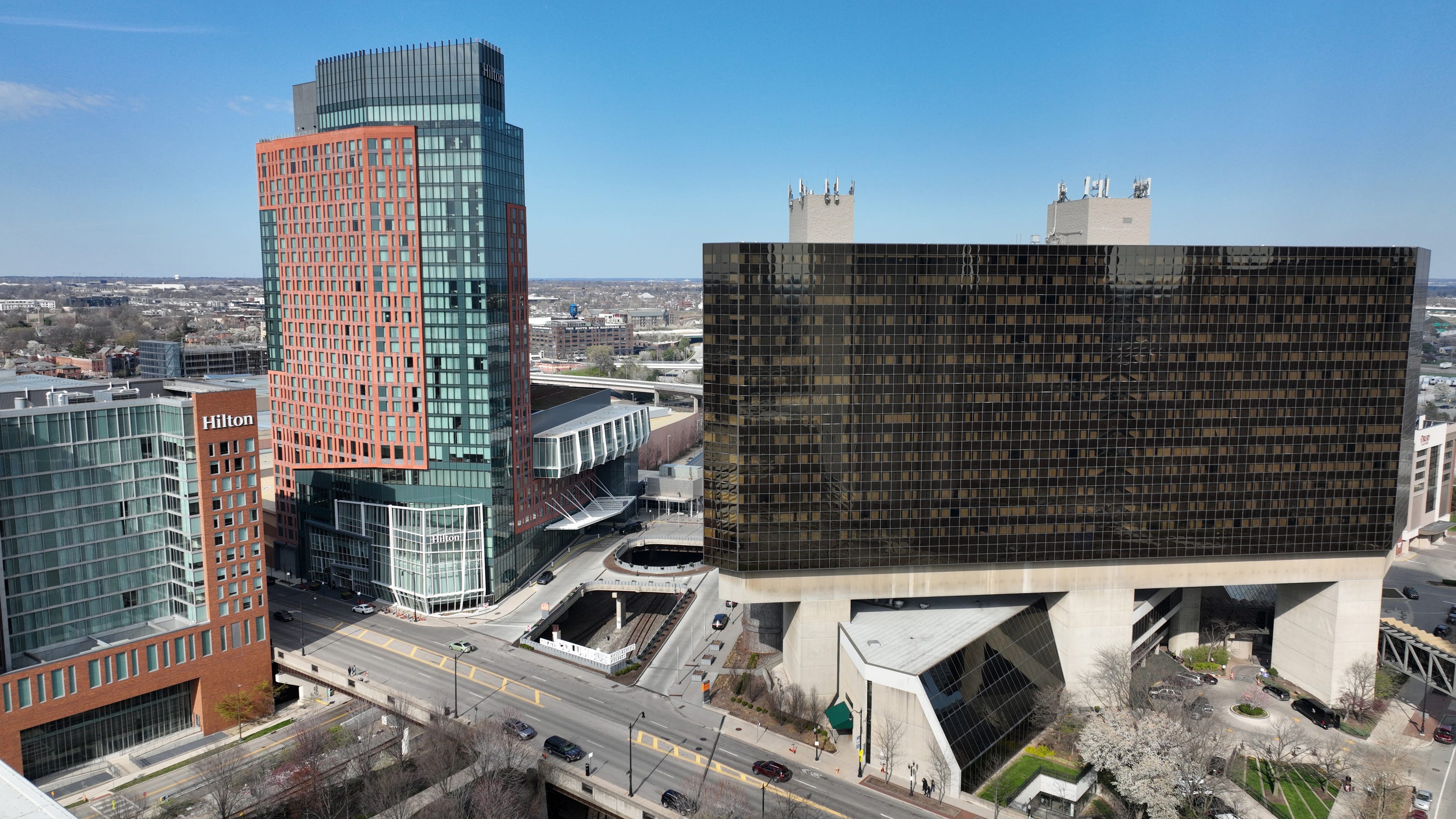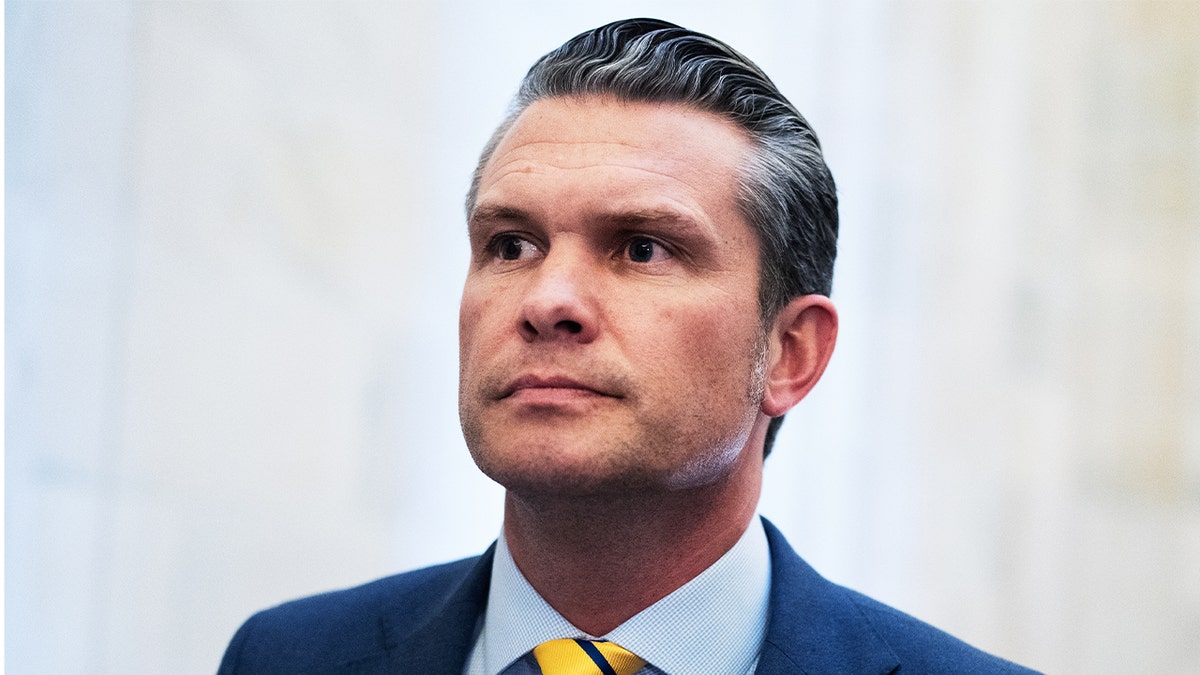Papal Conclave: The Process And History Of Choosing The Next Pope

Table of Contents
A History of Papal Conclaves
Early Conclaves and their Evolution
Papal elections didn't always involve the formal structure of a conclave. Early elections were often tumultuous affairs, influenced heavily by political maneuvering and factionalism within the Church. The process gradually evolved from open elections, sometimes even involving the participation of the Roman populace, towards a more controlled and secretive system.
- Early Influences: Early elections were significantly impacted by secular rulers and powerful families, who often exerted considerable influence over the selection process. The appointment of Popes was frequently a matter of political expediency rather than purely spiritual considerations.
- Key Figures: Figures like Pope Gregory VII (1073-1085) played a crucial role in reforming the election process, attempting to reduce the influence of secular powers. However, the struggle for control continued for centuries.
- Formalization of the Process: The gradual formalization of the conclave occurred over centuries, with significant reforms and adjustments being made throughout the Middle Ages and beyond. The increasing emphasis on secrecy aimed to limit outside influence and encourage more spiritual considerations in the selection of a new Pope.
Key Moments and Controversies in Papal Conclave History
Certain Papal Conclaves stand out due to their length, controversy, or the unique circumstances surrounding them. These historical examples highlight the evolving nature of the process and the challenges faced throughout its history.
- The Conclave of 1268: This conclave lasted nearly three years, setting a record for its duration. The prolonged period highlighted the challenges of reaching a consensus among the cardinals. It ultimately led to the election of Gregory X, who, significantly, implemented many of the formal regulations for future conclaves still used today, including time limits and provisions for a more structured voting process.
- Disputed Elections: Throughout history, several Papal Conclaves resulted in disputed elections, with competing claims to the papacy. These instances underscored the inherent complexities and potential for conflict within the selection process.
- Papal Figures Elected Under Unique Circumstances: Certain Popes ascended to the papacy under unusual or dramatic circumstances, shaping the course of the Church's history. These situations often revealed the dynamic interplay between faith, politics, and the human element within the conclave.
The Modern Papal Conclave: Rules and Procedures
The Role of the Cardinals
The College of Cardinals holds the central role in the election of a new Pope. Only Cardinals under the age of 80 are eligible to participate as electors in the Papal Conclave. Their role is critical in preserving tradition and ensuring a smooth process.
- Cardinal Electors: These are the cardinals who participate in the conclave and cast ballots. Their number is determined by the Pope, but the process limits it to a specific number.
- Responsibilities: Cardinal electors are bound by an oath of secrecy, promising to keep the proceedings confidential. They deliberate and vote until a new Pope is elected.
- The College of Cardinals: This body, comprising all cardinals appointed by the Pope, serves as a crucial advisory body to the Pope and plays a vital role in the overall governance of the Catholic Church.
The Conclave's Location and Seclusion
The Papal Conclave takes place in strict seclusion, traditionally within the Vatican City. The location is carefully chosen to ensure security and minimize external influence.
- The Sistine Chapel: Historically, and often still today, the Sistine Chapel serves as the setting for the conclave. Its grandeur and historical significance add weight to the proceedings.
- Living Quarters: The cardinals' living quarters are designed for isolation, limiting their contact with the outside world during the conclave.
- Communication Restrictions: Communication with the outside world is restricted to maintain secrecy and prevent outside pressures.
The Voting Process: From Ballots to White Smoke
The voting process is meticulously structured to ensure fairness and transparency. A two-thirds majority is required to elect a new Pope. The ballots are burned after each vote. The color of the smoke signals the result.
- Two-Thirds Majority Requirement: This rule aims to prevent hasty decisions and ensure that the chosen Pope enjoys broad support among the cardinal electors.
- Burning Ballots: The burning of ballots, a symbolic act of secrecy and finality, emphasizes the gravity of the decision. Black smoke signals a lack of consensus, while white smoke signifies a successful election.
- Announcing the Election: Once a Pope is elected, his name is announced to the world, signaling a new era for the Catholic Church.
Understanding the Implications of Papal Conclaves
The Impact on the Catholic Church
The selection of a new Pope profoundly impacts the Catholic Church's direction, policies, and global influence. The new Pope's theological perspectives, leadership style, and priorities can significantly alter the Church's trajectory.
- Theological Implications: The new Pope's theological views can shape the Church's teachings and doctrines.
- Social and Political Implications: A new Pope's stance on social and political issues can influence the Church's engagement in global affairs.
- Global Influence: The Pope's role as a global leader affects the Catholic Church's international relations and interactions with other religious organizations.
The Future of Papal Conclaves
The Papal Conclave process is not static. It has adapted over centuries and may continue to evolve to meet future challenges and global circumstances.
- Streamlining the Process: Potential reforms could focus on streamlining the process to avoid protracted conclaves.
- Addressing Challenges: Future adaptations might address challenges posed by global communication and the increasing diversity within the College of Cardinals.
- Maintaining Tradition: Any changes would likely aim to balance modernization with preserving the historical significance and essential traditions of the Papal Conclave.
Conclusion
The Papal Conclave remains a significant event in the Catholic Church and global affairs. Understanding its historical evolution and the intricate process of electing a new Pope is crucial for appreciating its weight and significance. From the early informal gatherings to the meticulously structured modern procedures, the Papal Conclave reflects centuries of adaptation and tradition. By examining its history and mechanics, we gain valuable insight into the leadership structure and future direction of the Catholic Church. Learn more about the fascinating history and intricacies of the Papal Conclave and deepen your understanding of this pivotal event in the Catholic world.

Featured Posts
-
 Hegseth Under Fire Pentagon Chaos Allegations Surface In Leaked Signal Chats
Apr 22, 2025
Hegseth Under Fire Pentagon Chaos Allegations Surface In Leaked Signal Chats
Apr 22, 2025 -
 Alterya Joins Chainalysis Boosting Blockchain Security With Ai
Apr 22, 2025
Alterya Joins Chainalysis Boosting Blockchain Security With Ai
Apr 22, 2025 -
 Google Search Monopoly Doj Files New Legal Challenge
Apr 22, 2025
Google Search Monopoly Doj Files New Legal Challenge
Apr 22, 2025 -
 Bmw And Porsches China Challenges A Broader Look At Auto Industry Headwinds
Apr 22, 2025
Bmw And Porsches China Challenges A Broader Look At Auto Industry Headwinds
Apr 22, 2025 -
 Hegseth Faces Backlash New Signal Chat And Pentagon Chaos Claims
Apr 22, 2025
Hegseth Faces Backlash New Signal Chat And Pentagon Chaos Claims
Apr 22, 2025
